Which bird will get your vote?
Have you voted for Britain's National Bird?
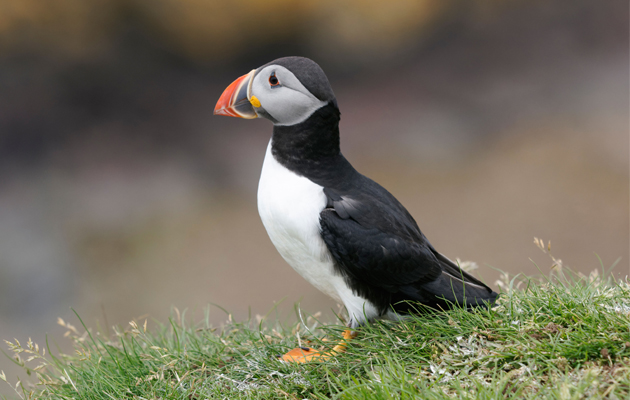

America has the bald eagle, Croatia the nightingale and New Zealand the kiwi. Britain, a famously bird-loving nation, adopted the companionable robin as its national bird following a newspaper poll in 1961 and the feisty wren, which appeared on the old farthing coin, is also said to be England’s feathered representative, but neither has official status.
The broadcaster and ornithologist David Lindo feels that this is a missed opportunity and has opened an online avian election to run alongside the real thing—it’s highly possible that the birds will get more votes than some of their human counterparts.
The 10 shortlisted candidates, from an original list of 60, include regular garden visitors—the robin (which easily headed the polls in the first round), wren, blue tit and blackbird, which is Sweden’s national bird—and the list is rounded out with the now ubiquitous red kite, the comical puffin, regal mute swan, mystical barn owl and dazzling kingfisher. The endangered hen harrier is a surprise—and some- what political—inclusion, but one that has an energetic PR machine behind it.
Species that lost out at the knockout stage include the avocet (the RSPB’s symbol), lapwing, goldfinch, long-tailed tit, turtle dove, heron, jay and magpie.
Mr Lindo says his campaign is being ‘closely monitored’ by Government figures. ‘My plan is to involve the new government after the election to make the elected bird official,’ he explains. ‘I will also be lobbying the new Education Secretary to get Nature back on the curriculum. I believe this campaign will make enough noise to not get ignored.’
Voting opens on March 16 and closes on Election Day (May 7, www.votenationalbird.com).
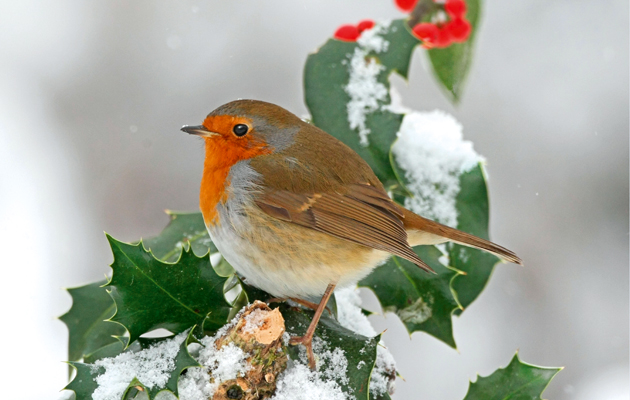
Meanwhile, we asked leading figures in the countryside how they will be voting:
Sign up for the Country Life Newsletter
Exquisite houses, the beauty of Nature, and how to get the most from your life, straight to your inbox.
Alan Titchmarsh, TV presenter The robin, which is always prepared to fight its corner, is tough enough to survive the harshest weather, has a beautiful song, bright plumage and is the gardener’s best friend. An unbeatable combination!
Mike Clarke, RSPB The red kite because it was saved from national extinction by one of the world’s longest-running protection programmes. I feel genuinely excited and proud when I spot them circling over Bedford station—a sight that, a few years ago, didn’t exist.
Simon Lester, Langholm Moor Demonstration Project The barn owl because, as well as being staggeringly beautiful, it depends on the health of the countryside.
Mark Hedges, Editor of Country Life The wren is my favourite bird of all, for its feistiness and exuberant singing.
David Profumo, writer and fisherman The kingfisher: a splinter of darting colours that might signify our various nations, their combined energies and the hope for halcyon days to come.
Sir Andrew Motion, poet The robin because it’s distinctive, friendly, democratic in its choices and beautiful in an understated sort of way.
Emma Bridgewater, ceramicist The barn owl, a fierce, effective hunter who lives almost silently alongside us. When you glimpse one, you’re granted a thrilling encounter with the wild private life of natural England.
Lt-Gen Sir Barney White-Spunner, Countryside Alliance The robin for its cheerful call and the way it brightens up our grey English days.
Jilly Cooper, novelist The robin: it’s so merry and always first at my bird tables. Its red breast and exquisite song so cheer up the grey of winter.
Horatio Clare, writer The barn owl: it makes its own rules—active by night, day or twilight—and seems bigger than it is. No heftier than a spirit, the barn owl is yet an ancient symbol of great powers, from wisdom to mortality.
Kathryn Bradley-Hole, Gardens Editor, Country Life The blackbird: no other song matches his fruity warblings, especially rich and joyful when chortled on May and June evenings, from treetop and chim- ney pot. Paired birds are jointly attentive parents.
Teresa Dent, GWCT I love the joyful song of little Jenny Wren that bursts out of this tiny, vibrating performer. Its cocky nature perfectly reflects the British spirit.
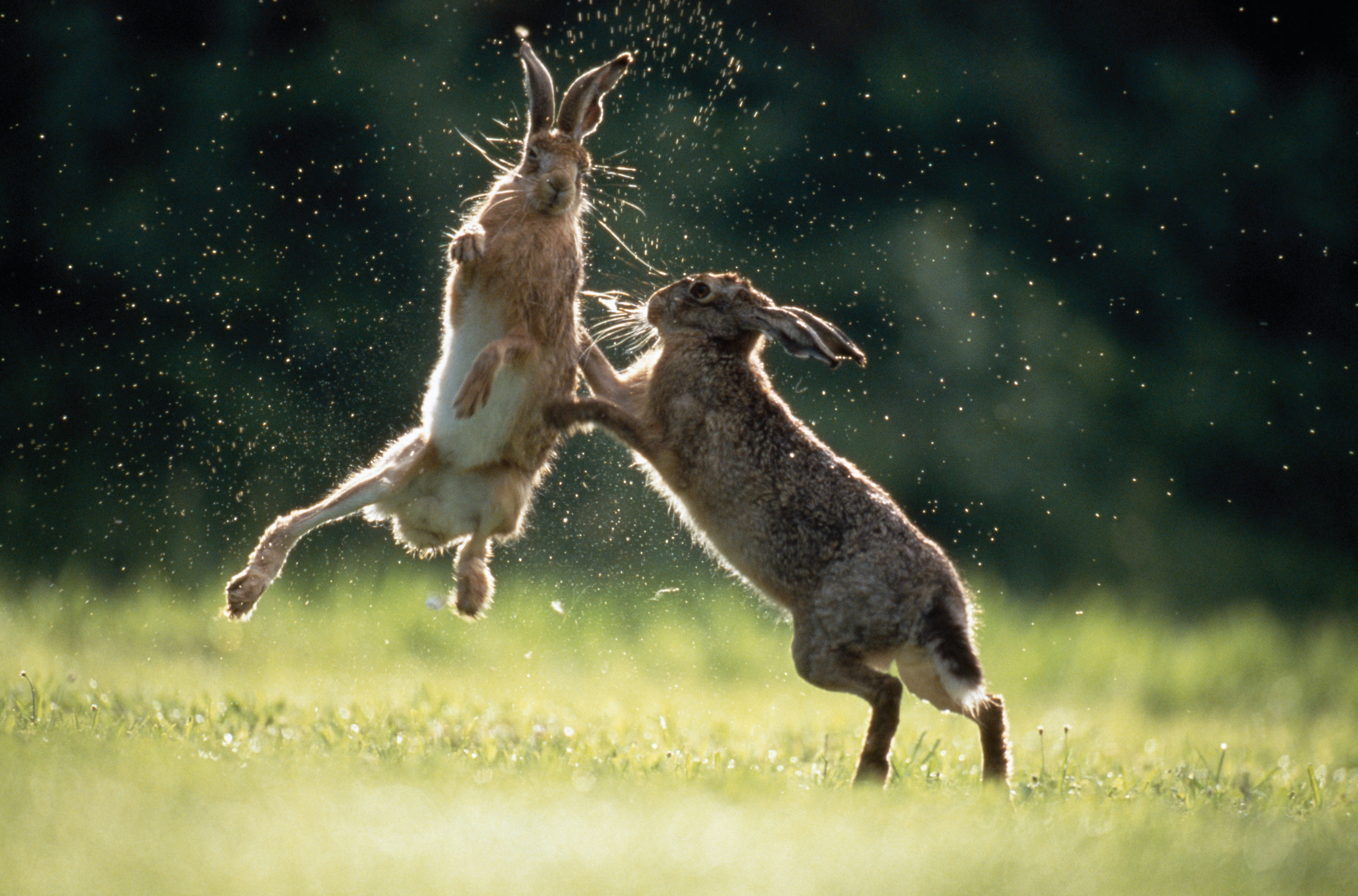
Credit: Alamy Stock Photo
9 fascinating facts about hares
We reveal 9 fascinating facts about our favourite spring mascot.
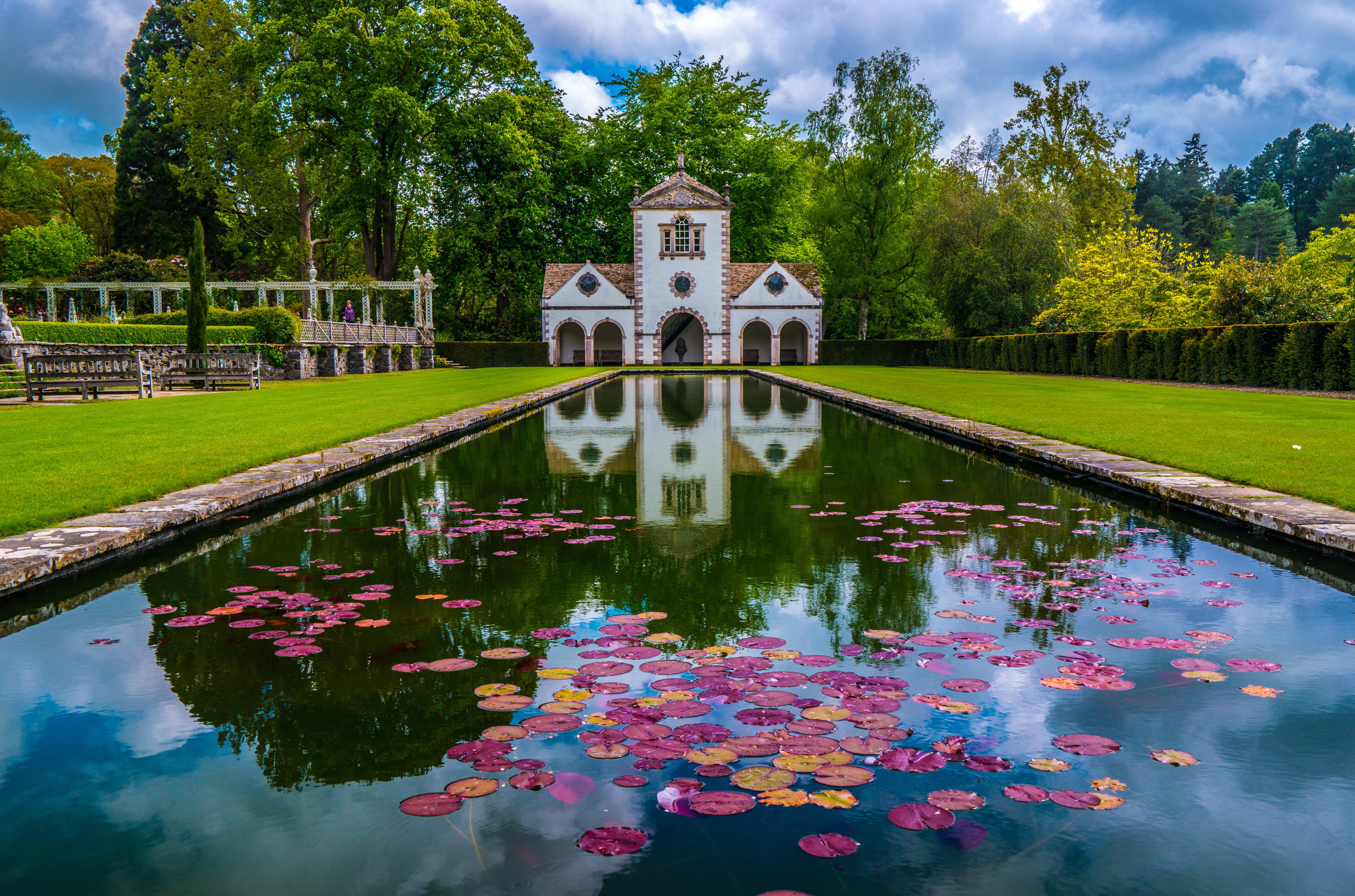
A month-by-month guide to the most beautiful gardens to visit in Britain
Some gardens are even better in winter. Read our list of the best gardens to visit all year round.
-
 The most picturesque town in Scotland, and did someone survive a fall from 33,333ft? Country Life Quiz of the Day, May 14, 2025
The most picturesque town in Scotland, and did someone survive a fall from 33,333ft? Country Life Quiz of the Day, May 14, 2025Wednesday's quiz brings a very tall tale to the table.
-
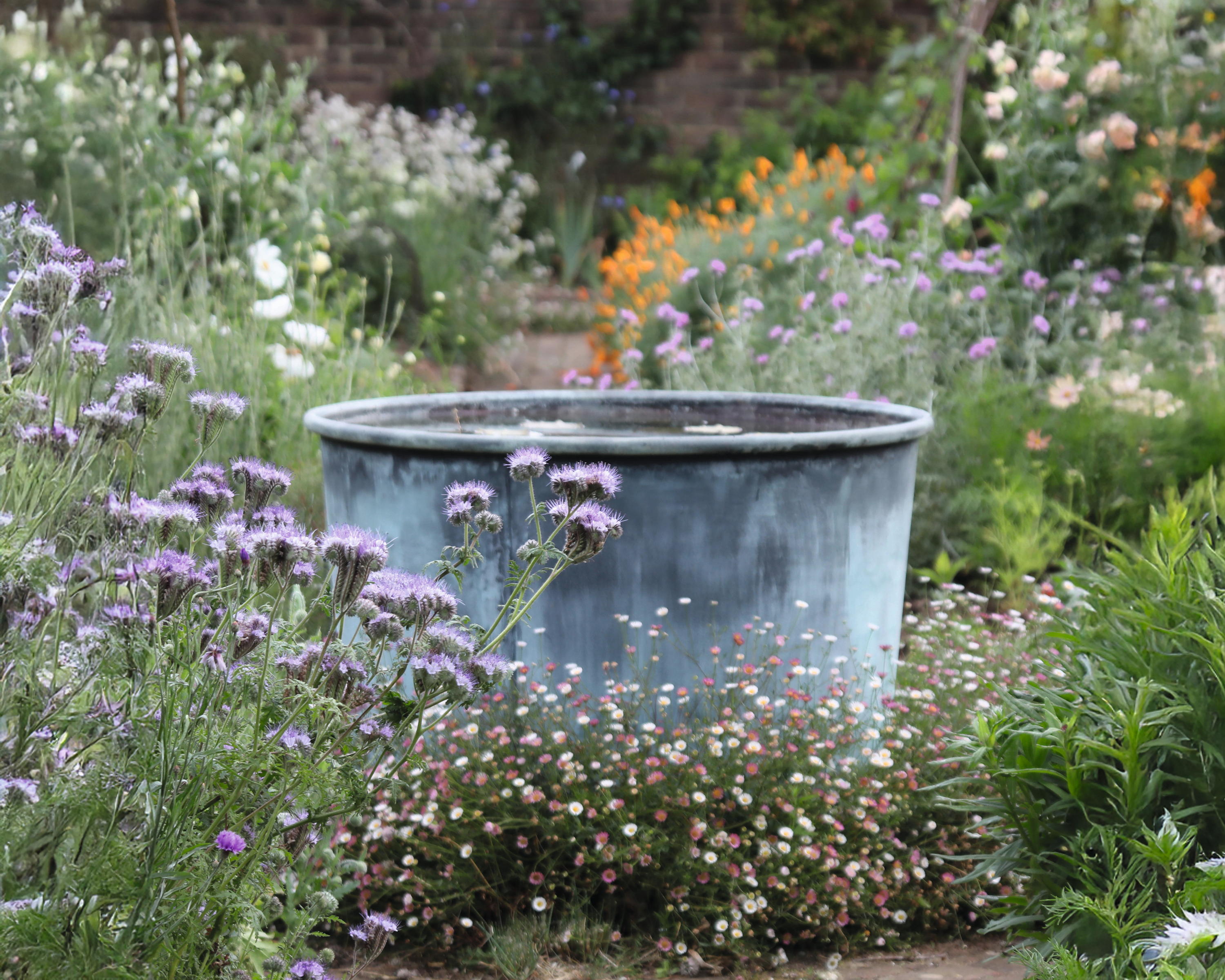 Four stands not to miss at the Chelsea Flower Show
Four stands not to miss at the Chelsea Flower ShowFrom wire sculptures to water features, oil paintings to tableware, take inspiration from the exhibitors at this year’s RHS Chelsea Flower Show and liven up your home and garden, just in time for a–hopefully–glorious summer.